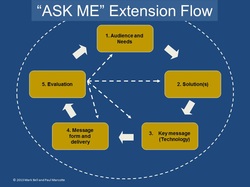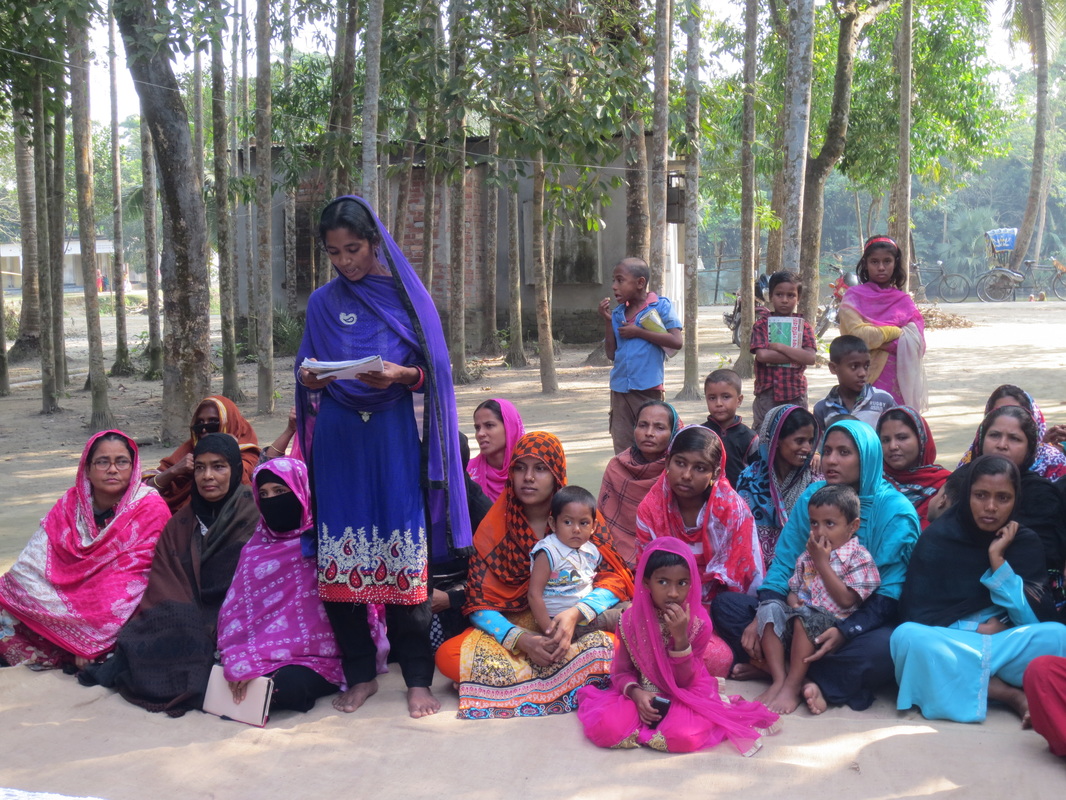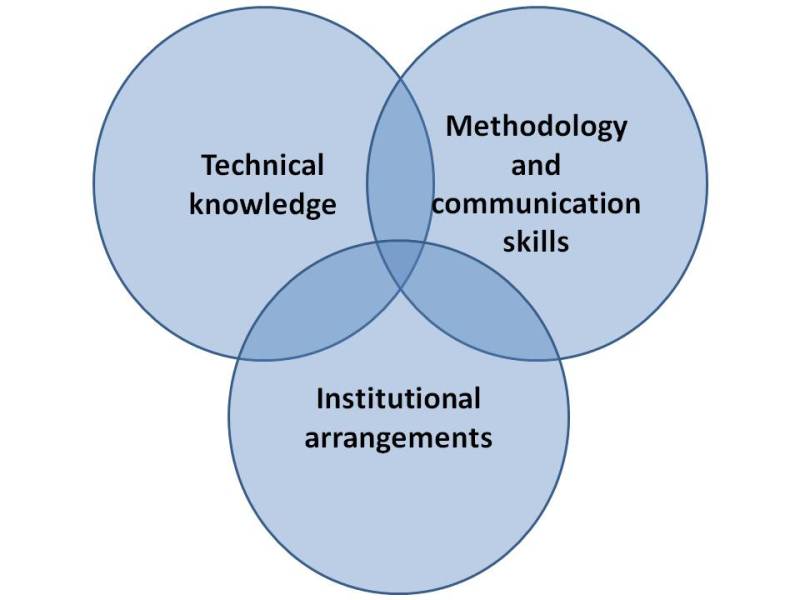Plan your needs assessment (4 Steps) and plan for scaleChecklist. Use the "ASK ME" checklist to help you plan your program
Keys to success - Fact sheet 1. Consult
2. Secondary data
3. Cropping and Livestock potential. Meet with farmers and visit fields, considering: Crops
Livestock
4. Conclusions - fitting on-farm needs in a wider context
|
|
Plan for Scale
GROWING PROSPERITY: Developing Repeatable Models® to Scale the Adoption of Agriculture Innovations Booklet on line Acumen |






